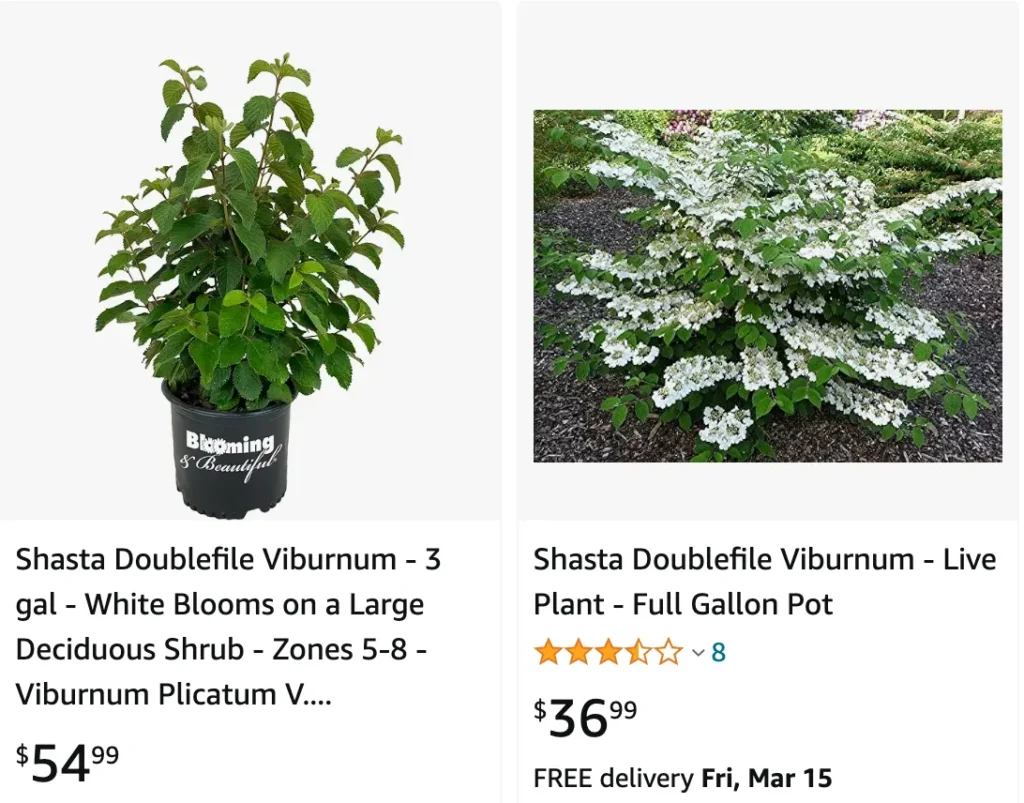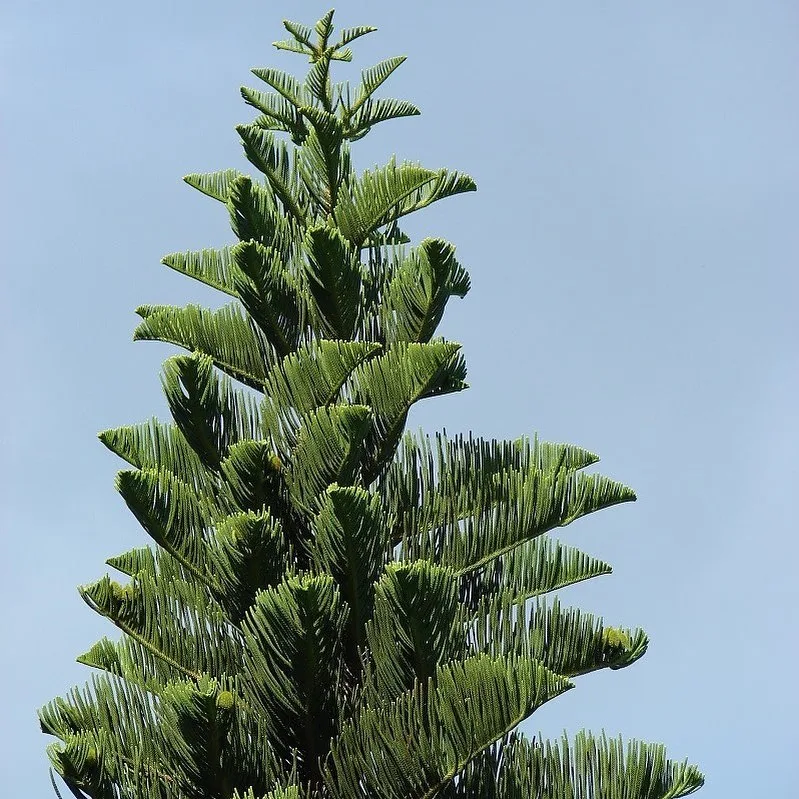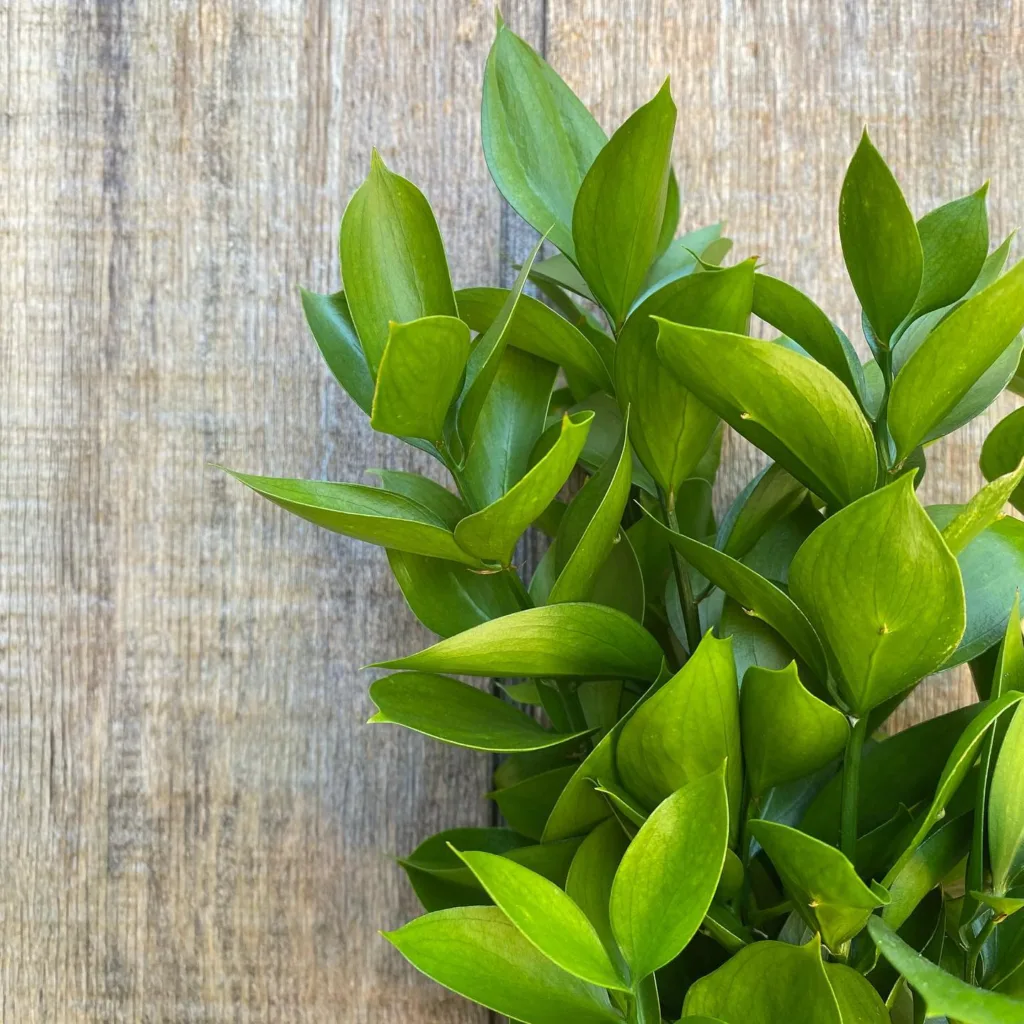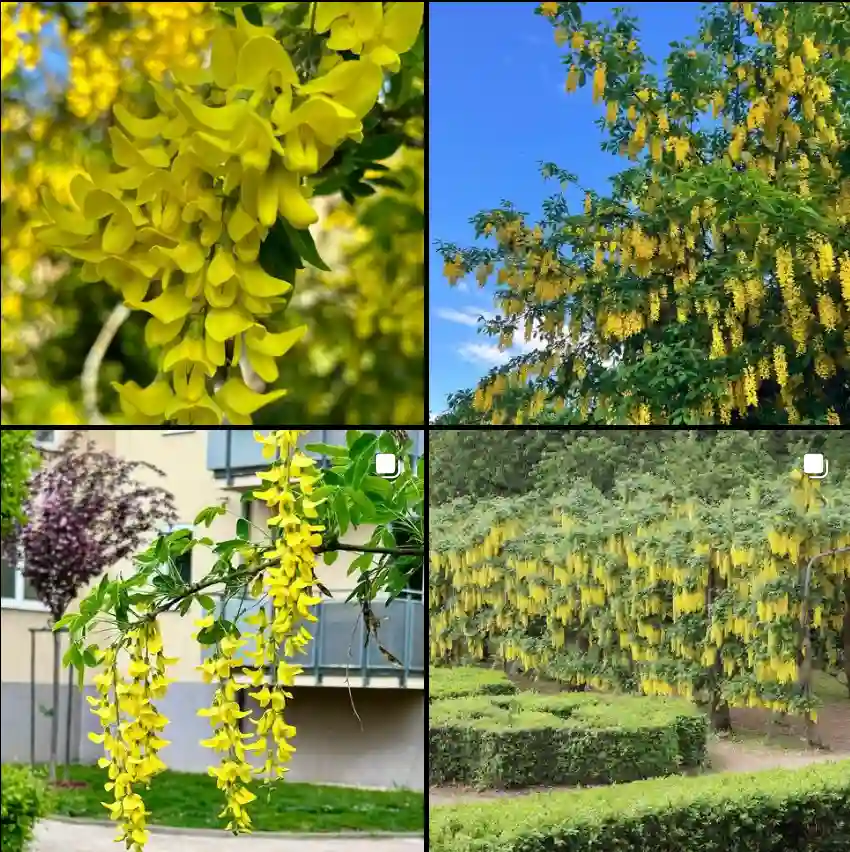
My Love Affair with the Viburnum Mariesii
For years, I dreamt of adding a touch of elegance to my garden. Something with beautiful blooms, a graceful shape, and minimal fuss. Then, I stumbled upon the Viburnum Mariesii, also known as the Japanese Snowball Viburnum, and it was love at first sight. This captivating shrub has become a star in my garden, and I’m here to share its magic with you.
206 Species in Genus Viburnum
What Does a Viburnum Mariesii Look Like?
The first thing that grabs your attention about the Viburnum Mariesii is its stunning display of blooms. In spring, the shrub explodes with a profusion of large, snowball-like clusters of white flowers. These fragrant blooms are a true showstopper, adding a touch of romance and whimsy to any garden.
But the beauty of the Viburnum Mariesii extends far beyond its flowering season. Even after the blooms fade, the shrub boasts lush, glossy green foliage that creates a lovely backdrop throughout the summer. As fall approaches, the leaves transform into a vibrant display of red, orange, and burgundy hues, adding a touch of fiery color to the landscape.
The overall shape of the Viburnum Mariesii is equally captivating. It grows in a tiered, horizontal fashion, earning it the nickname “wedding cake bush.” This unique structure adds a touch of formality and elegance to any garden design.
Viburnum Mariesii vs Shasta
Comparing Viburnum Mariesii and Shasta is like choosing between two distinct styles of floral elegance. Viburnum Mariesii, with its striking lacecap blooms and charming, rounded form, has always impressed me with its ability to create a sophisticated look in the garden. I’ve noticed how it tends to attract butterflies and offers a wonderful contrast with its dark green foliage. On the other hand, Viburnum Shasta has a more compact, dense growth habit that I’ve found particularly appealing for smaller spaces. Its snowball-like clusters of white flowers create a more traditional, classic look that stands out beautifully against its glossy leaves. Both have their merits, but if I had to choose, I’d lean towards Mariesii for its unique flower shape and ability to draw in pollinators.
How Big Does Viburnum Mariesii Grow?
One of the things I love most about the Viburnum Mariesii is its manageable size. It typically matures at around 6-8 feet tall and 6-10 feet wide, making it perfect for smaller gardens. However, with proper care, it can reach heights of up to 10 feet, offering some flexibility depending on your desired look.
How to Care for Viburnum Mariesii?
The Viburnum Mariesii is a relatively low-maintenance shrub, making it ideal for busy gardeners like myself. Here’s what you need to know to keep your Viburnum Mariesii thriving:
- Planting: Choose a location that receives at least 6 hours of sunlight daily. The Viburnum Mariesii prefers moist, well-drained soil. Amend your soil with compost before planting to ensure proper drainage and good nutrition.
- Watering: Water your Viburnum Mariesii regularly, especially during its first year and during periods of drought. Aim to keep the soil consistently moist but not soggy.
- Mulching: Apply a layer of mulch around the base of the shrub to retain moisture, suppress weeds, and regulate soil temperature.
- Fertilizing: While not strictly necessary, a light application of balanced fertilizer in early spring can promote healthy growth and vibrant blooms.
How to Prune Viburnum Mariesii?
Pruning is not essential for the Viburnum Mariesii, but it can be beneficial for maintaining its shape and encouraging more blooms. The ideal time to prune is just after the flowers have faded in late spring or early summer.
When pruning, focus on removing dead, diseased, or damaged branches. You can also thin out crowded branches to improve air circulation and light penetration. For shaping purposes, aim to shorten any unruly branches to maintain the desired form. Remember, it’s always better to prune less than more, so start slow and observe how the shrub responds.
Do Deer Like Viburnum Mariesii?
This is a question I hear quite often from fellow gardeners. Here’s the good news: deer generally don’t find the Viburnum Mariesii appealing. The foliage has a slightly bitter taste that deters most deer. This makes it a fantastic choice for gardens prone to deer browsing.
Additional Tips:
- The Viburnum Mariesii is relatively pest and disease resistant, but keep an eye out for common garden pests like aphids and scale.
- The Viburnum Mariesii can be propagated through cuttings or by layering. However, these methods require more patience and expertise compared to purchasing a mature plant.
The Viburnum Mariesii has become a treasured part of my garden, offering a delightful combination of beauty, ease of care, and deer resistance. If you’re looking for a low-maintenance shrub with stunning blooms and a sophisticated aesthetic, the Viburnum Mariesii might just be your perfect match.
If i die, water my plants!



